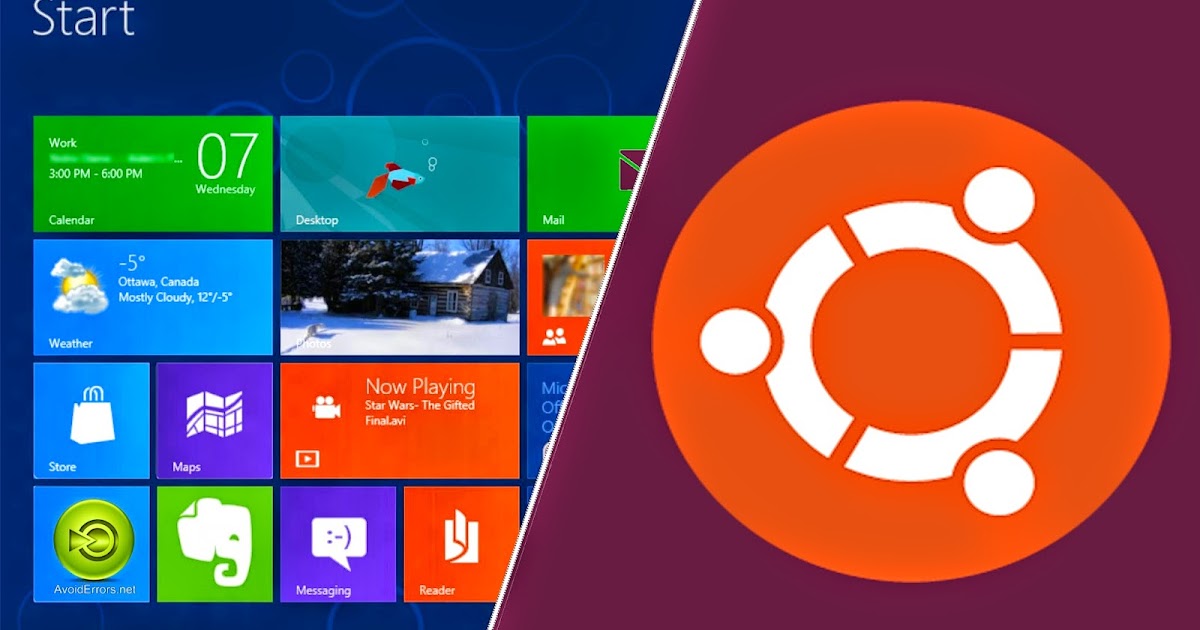

You will need at least 384MiB of RAM to install from this image. This type of image is what most people will want to use. The desktop image allows you to try Ubuntu without changing your computer at all, and at your option to install it permanently later. Ubuntu 14.04 (Trusty Tahr) was released on April 17, 2014, the fourth long-term support (LTS) release of the Ubuntu, it was preceded by V 13.10 and was available for desktop computers and servers.Ubuntu is distributed on four types of images described below. Ubuntu 14.04 is available to install 32-bit (x86) and 64-bit (x86-64) versions, and it also supports smartphones, tablets, TVs and smart screen devices. Compared to previous releases, this Ubuntu version includes many new features and updates, such as GNOME 3.10, Linux kernel 4.4, Upstart 1.12.1, LibreOffice 4.2.8, Python 3.4, number of new features in AppArmor, Oxide (Web engine library based on Chromium), redesign of Startup Disk Creator, cleaner design, better performance etc. Ubuntu is a free and open source Linux operating system (currently the most popular Linux distribution) installed on over 40 million personal computers, and is installed on a large number of servers around the world. At present, there are four different versions of the operating system, which are Ubuntu Desktop (for personal computers), Ubuntu Server (for servers), Ubuntu for IoT, and Ubuntu Cloud (for cloud computing). Installation instructions Starting installer in PC (via USB) Originally, the operating system was made for personal computers, currently the desktop version of Ubuntu comes with usefull free software applications, such as LibreOffice (Office software), Thunderbird (email client), Firefox (web browser), Media player, Photo management app, while more applications can be installed from Ubuntu Software Center.

Download the Ubuntu 14.04 ISO image file from the download section.Install a USB bootable creation software (such as Rufus) on your Windows PC.Plug in a USB flash drive (at least 4-8 GB of space) with your PC.Open the USB bootable creation software, and select the ISO image file of Ubuntu 14.04, and start the process.As soon as done, plug the bootable USB into a system where you want to install Ubuntu 14.04.Select USB device and start the Ubuntu 14.04 installer.Press the boot device menu key and select USB to boot first.


 0 kommentar(er)
0 kommentar(er)
